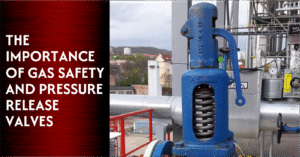Critical installations refer to infrastructure, facilities, or assets that are essential for the functioning of a society, economy, or government, and whose disruption or destruction would have significant adverse effects on security, public health, safety, or economic stability.
These installations are often prioritised for protection due to their importance. Examples of critical installations include:
Energy Facilities
- Power plants (nuclear, coal, gas, hydroelectric, etc.)
- Electrical grids and substations
- Oil and gas refineries
- Pipelines
Water Supply and Treatment Systems
- Water reservoirs
- Water treatment plants
- Sewage treatment facilities
Transportation Networks
- Airports and air traffic control systems
- Railway stations and networks
- Ports and shipping facilities
- Major highways and bridges
Telecommunications
- Internet service providers (ISPs)
- Telecommunication exchanges and data centres
- Broadcast and emergency communication systems
Healthcare Facilities
- Hospitals and clinics
- Pharmaceutical manufacturing facilities
- Medical laboratories
Government and Military Installations
- Government buildings (e.g., parliaments, ministries)
- Military bases and defence infrastructure
- Emergency services (police, fire stations)
Financial Services
- Major banks and financial institutions
- Stock exchanges
- Payment processing centres
Information Technology and Cyber Infrastructure
- Data centres
- Cybersecurity operations centres
- Cloud service providers
Food Supply Chains
- Major food production and processing facilities
- Distribution centres and warehouses
Public Safety and Emergency Services
- Emergency operation centres
- Critical response units and equipment storage
In Conclusion
Protecting these critical installations involves a combination of physical security measures, cybersecurity protocols, redundancy planning, and coordinated emergency response strategies to ensure resilience and quick recovery in the event of an attack, natural disaster, or other disruptive incidents. At Anglo Nordic, we specialise in providing power solutions to critical installations. If you’d like to find out more, then simply get in touch.






